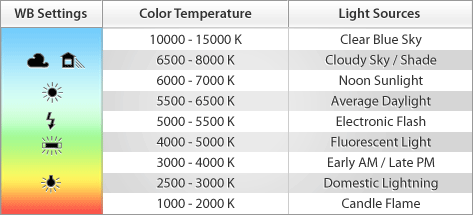Judt Wajcman discusses the idea that we live in a ‘acceleration society’ in which technological advancements lead to a busier faster pace lifestyle and not a more leisurely one like Keynes wrongly predicted. Further Wajcman questions whether a busier life complete with impressive gadgets is a better life, especially with the trade off between time and money leading to every hour being like rush hour. As a full-time students who also work it can often feel like its difficult to get a break to enjoy everything that we are working towards. Take the example of a successful business man who is constantly working, he may earn alot of money but what is the point if he/she does not have time to enjoy what they have earnt.
Wajcman reveals that the superefficient ICTs which work to help us take control of time seem to end up controlling us. It feels like these machines bring a ‘growing sense of time pressure’ (p.163). In other words, even though these technologies are designed to make tasks quicker and easier for us, they also succeed in heavily consuming our time. While advancements in technology are used to help organise our time are also used for our leisure. For insance if I spend hours on laptop watching Netflix is that defined at wasting time or am I simply enjoying some digital leisure. At the end of the day its not solely technology that leads to this rushed lifestyle, it’s the pressure of society and often our addiction to this technology. If I check my Facebook every 20 minutes its not Facebook doing. Its mine.
To conclude, I think the advancement of these ICT’s are for the better and aid us to live our everyday lives. However, its possible that sometimes we get so caught up in increasing efficiency and our comfort that we end up inconveniencing ourselves more than we would have originally.
Judy Wajcman, 2015, ‘Finding Time in a Digital Age’ in Pressed for Time: The Acceleration of Life in Digital Capitalism, University of Chicago Press, Chicago, ch.7.

